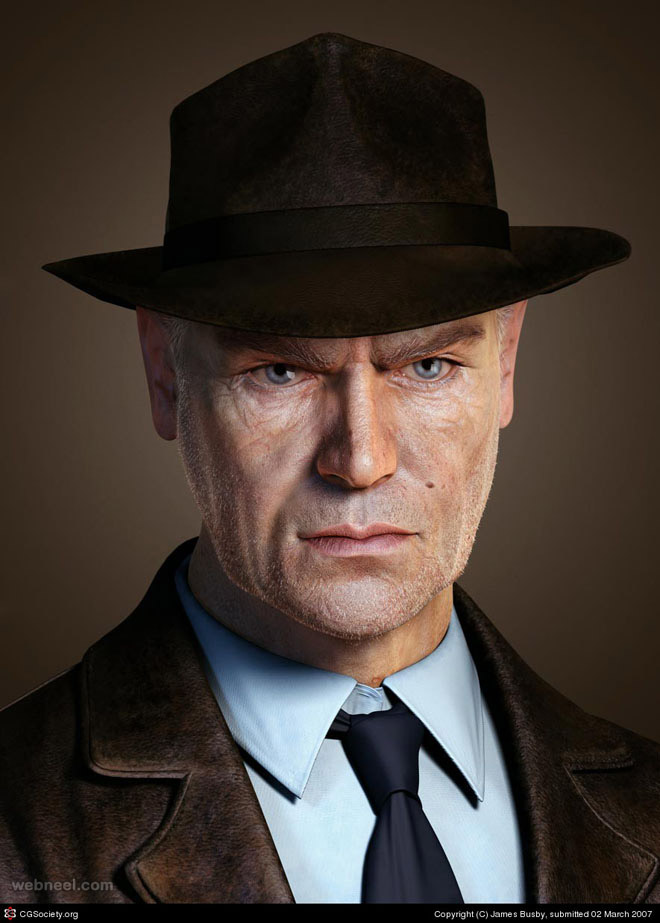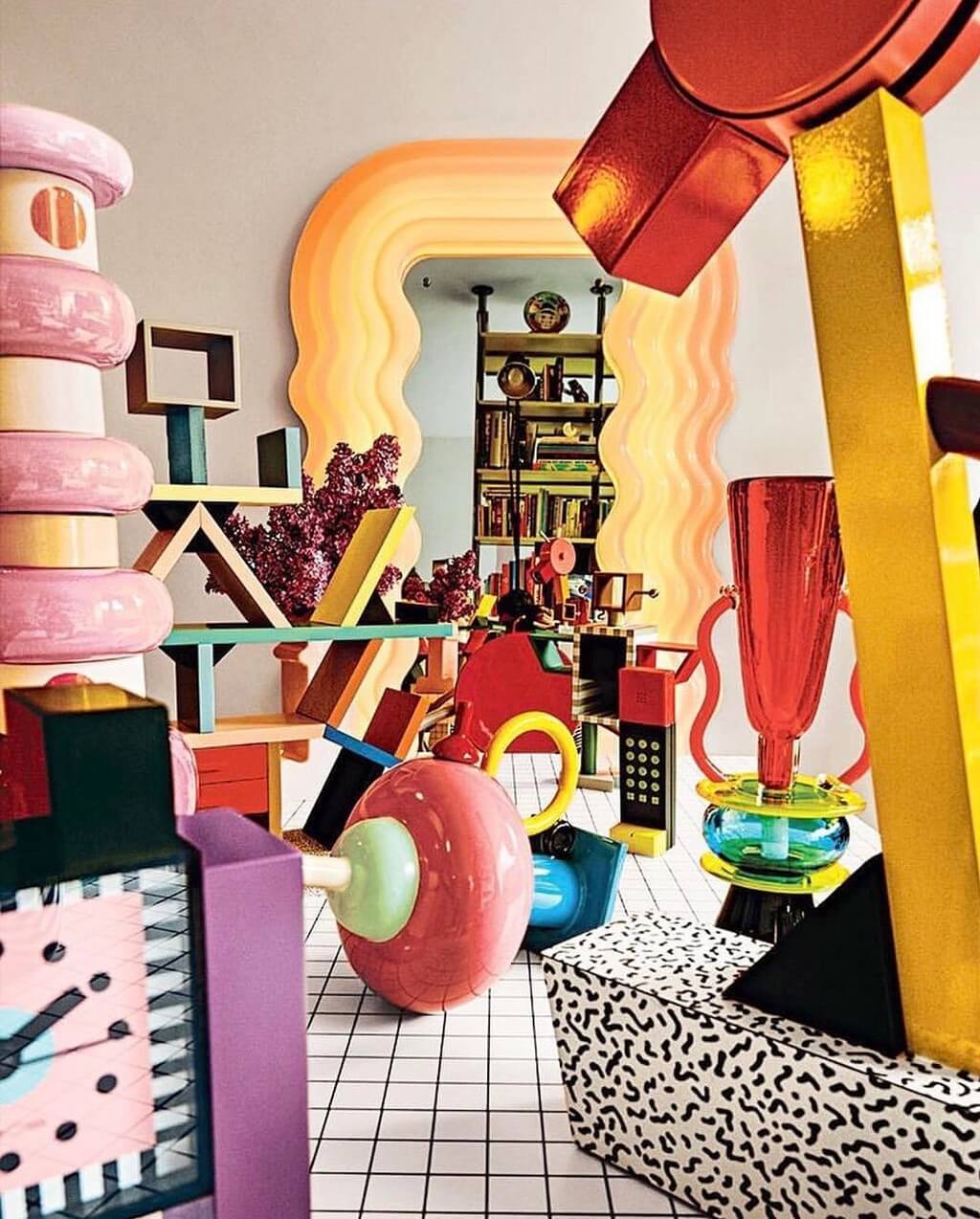Table Of Content
When these polys join together, they form a mesh, giving the impression of a complex 3D puzzle. The artist has the ability to independently modify and edit each poly, making it possible to add detail and texture to the 3D character model. This flexibility in modeling also extends to the animation process, making polygonal modeling an often-preferred method for 3D character design and game assets creation. The art of 3D character modeling involves transforming initial designs into lifelike models, enriching the game art, and influencing the success of game development. By partnering with a proficient 3D modeling company, you can enhance your game's art and the overall development process. Their expertise in 3D character modeling helps bring your vision to life, optimizing game performance and refining your characters.
Top 3D Character Design Software
Each of these steps is critical to creating a high-quality 3D character and requires specialized skills, tools, and techniques. The topology of the game character is a surface structure that defines the model’s visual characteristics. Domestika's courses are online classes that provide you with the tools and skills you need to complete a specific project. Every step of the project combines video lessons with complementary instructional material, so you can learn by doing.
Character Artist and Designer
It’s great for both low-polygon and high-polygon modeling, as well as sculpting, texturing, and animation. Once the character design is approved, the designer prepares the final deliverables. This may include high-resolution artwork files, 3D models, or a character sheet with detailed specifications.
Best 3D Character Creator Software in 2024
Some of the top software options for 3D character modeling include Autodesk Maya, Blender, ZBrush, and 3DS Max. Jumbla, a globally recognized creative production company, excels in character design within the realms of 2D and 3D animation, motion graphics, and illustration. With studios in the UK and Australia, Jumbla collaborates with leading brands, local businesses, and creative agencies worldwide. Since its inception in 2011, Jumbla has cultivated a talent-driven team renowned for its creative ambition and client-focused approach.
It is an essential step in the creation of an animated character and can be a very complex process. Concept design is the next stage of character modeling and it’s important to get it right as it will serve as the foundation of your design. This is typically done by starting with a cube and then adding and subtracting polygons to create the desired shape. The first step in 3D character modeling is the creation of a base mesh. In this article, we will discuss how 3D character modeling works as well as how to 3D model a character in 7 simple steps.
The character is usually a human, animal, robot, or mythical creature. Each one includes lessons, informational text, tasks, and practice exercises to help you carry out your project step by step, with additional complementary resources and downloads. There are many different methods that you can use to texture your characters.

3D Printing Industry Statistics (2024 Update)
Characters with distinctive designs and personalities are more memorable and can leave a lasting impression on viewers. Additionally, expressive characters enhance the emotional impact of animations, allowing audiences to empathize with their struggles, triumphs, and journeys. Whether through subtle facial expressions or dynamic body language, well-designed characters can evoke a wide range of emotions and create immersive storytelling experiences.
From Wax Sculpture to 3D Character Design in ZBrush - 80.lv
From Wax Sculpture to 3D Character Design in ZBrush.
Posted: Wed, 07 Jul 2021 07:00:00 GMT [source]
With the right tools and experience, it is possible to create high-quality 3D character models in a relatively short amount of time. Ultimately, the best software for 3D character modeling will depend on your experience level, project requirements, and budget. By carefully considering your needs, you can select the software that will best help you bring your characters to to life. Once the concept is finalized, the next step is to create a 3D model of the character. This involves using 3D modeling software to build the character’s geometry, including its skeleton and muscles, and adding features such as its skin, hair, and clothing.
Top 7 DALL-E Alternatives You Should Try to Create Stunning AI Art
It offers a robust set of tools for modeling, animation, and visual effects, making it a popular choice for professional character designers. ZBrush, a sophisticated tool used by many 3D modeling companies, is recognized for its exceptional 3D character modeling capacities. This application is often the preferred choice for game development professionals focused on 3D character design. ZBrush utilizes powerful algorithms that can handle millions of polygons without overburdening the system's memory. This feature facilitates a swifter 3D character design process, delivering a more optimized 3D character in game art. Its features and efficiency underscore ZBrush's significant role in 3D modeling characters for the gaming industry.
This is because outsourcing companies often have lower overhead costs and can provide more competitive rates. The first step in the process is determining the character’s appearance and personality. This involves creating sketches, drawings, and mockups of the character and determining its basic form, features, and movements. If you choose an expert company, they will cherrypick the developers and artists to make a 100% skill match for your project. Cooperating with large and well-known outsourcing companies like Stepico immediately increases your authority and expertise.
3D character modeling is a crucial component of modern game development, enabling the creation of lifelike and dynamic characters. It typically involves several stages, starting with the creation of a 3D mesh that defines the character’s basic shape. This mesh is then refined to add details, textures, and materials, bringing the character to life.
There is also the digital human shader tool useful for real-time renders of eyes, teeth, and hair. 3D character design adds depth and dimension, allowing characters to be viewed from all angles in a 3D space. In contrast, 2D character design creates flat, two-dimensional characters typically seen in illustrations and animations. 3D character design is crucial as it brings depth and realism to characters, making them visually engaging and relatable. This enhances storytelling, making narratives more immersive and memorable.
Thus, partnering with a professional 3D modeling company can dramatically enhance the process of 3D character modeling. Through their work, captivating 3D characters and game models are brought into existence, ultimately leading to a more engaging gaming experience. Collaborating with 3D character game artists involves clear communication and a shared understanding of the character’s concept. The process typically begins with concept art and design discussions to establish the character’s visual style, personality, and backstory. Regular meetings and feedback sessions between the design and art teams are essential to refine the character’s 3D model continuously. Modern tools like 3D modeling software and digital sculpting allow for real-time collaboration, enabling artists to create detailed character models that align with the established concept.
It provides flexibility in scaling resources based on project needs and allows companies to tap into a global pool of creative talent. However, effective communication and coordination become critical in ensuring that outsourced designs align seamlessly with the brand’s identity. Ultimately, the choice depends on factors such as project scale, budget considerations, and the desired level of control over the creative process.
For example, the software includes a feature called character setup that is useful in creating sophisticated skeletons and IK handlers. There is also an interactive hair grooming feature that is used for creating realistic fur and hair for characters. This is a very powerful technique that can be used to create very detailed characters. This is creating a skeleton for the character and attaching it to the model.

No comments:
Post a Comment